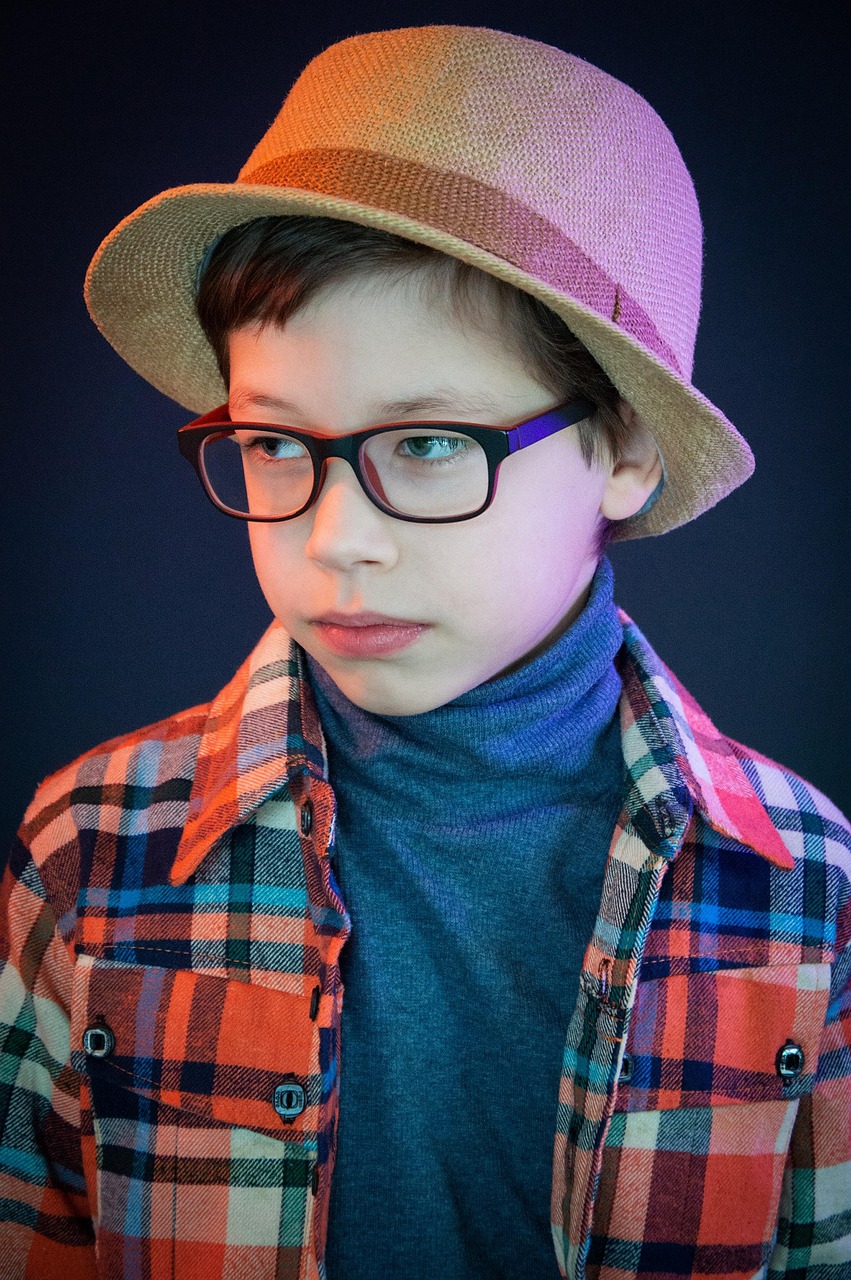Childhood myopia is rising fast, but early monitoring and evidence-based interventions can slow progression. An NJ optometrist outlines proven options, including orthokeratology, low-dose atropine, and multifocal lenses, to safeguard young vision.

Near-sightedness is appearing earlier in children, and specialists say prompt action is vital to avoid long-term eye damage. Parents who know the signs and seek help early can slow progression and protect future vision.
Dr. Victoria Kravchenko of A2Z Eyecare, a myopia expert in Waldwick, NJ, advises yearly eye exams once school begins. Growth spurts can shift prescriptions quickly, so close monitoring lets clinicians intervene before the retina is stressed.
This focus on early detection is increasingly important in light of alarming global trends: a 2016 Ophthalmology study forecast that almost half the world will be myopic by 2050, with severe cases quadrupling. In the US, rates among teenagers rose from 25% in 1972 to over 40% by 2004, highlighting a growing public health concern.
Excessive eye length raises risks for glaucoma, retinal detachment, and cataracts, so many practitioners now recommend myopia control for children instead of ever-stronger glasses. Starting myopia treatment for children before adolescence can trim final prescription strength by up to 60%, according to long-term trials.
“Regular monitoring lets us match near-sightedness treatments to each child’s lifestyle,” Dr. Kravchenko explains. She adds that families should weigh benefits, safety, and cost at every review.
Corneal refractive therapy uses overnight lenses that gently reshape the cornea, giving clear daytime vision without surgery. Studies suggest it can slow eye growth by about 45%, making it popular for active youngsters.
Low-dose atropine drops interrupt signals that drive elongation, and three-year research shows nightly use halves progression in many cases. Multifocal contacts or eyeglasses create peripheral defocus, another proven, medication-free strategy.
Several large Asian and European studies link at least two hours of outdoor play each day with a 23% reduction in new myopia cases. Natural light is believed to slow axial eye growth, adding a simple, no-cost tool to medical plans.
Handheld devices should be held at arm’s length, and the 20-20-20 rule gives focusing muscles regular rest. Consistent screen guidelines at home enhance clinical myopia control for children and reduce digital eye strain.
Experts also advise parents to log nightly drop use, lens wear, and outdoor time before each review.
Regular checkups, informed questions, and adherence to a personalized plan give children the best chance of healthy sight into adulthood. A2Z Eyecare says combining evidence-based near-sightedness treatments with ongoing education keeps childhood vision clear and prevents future problems.
